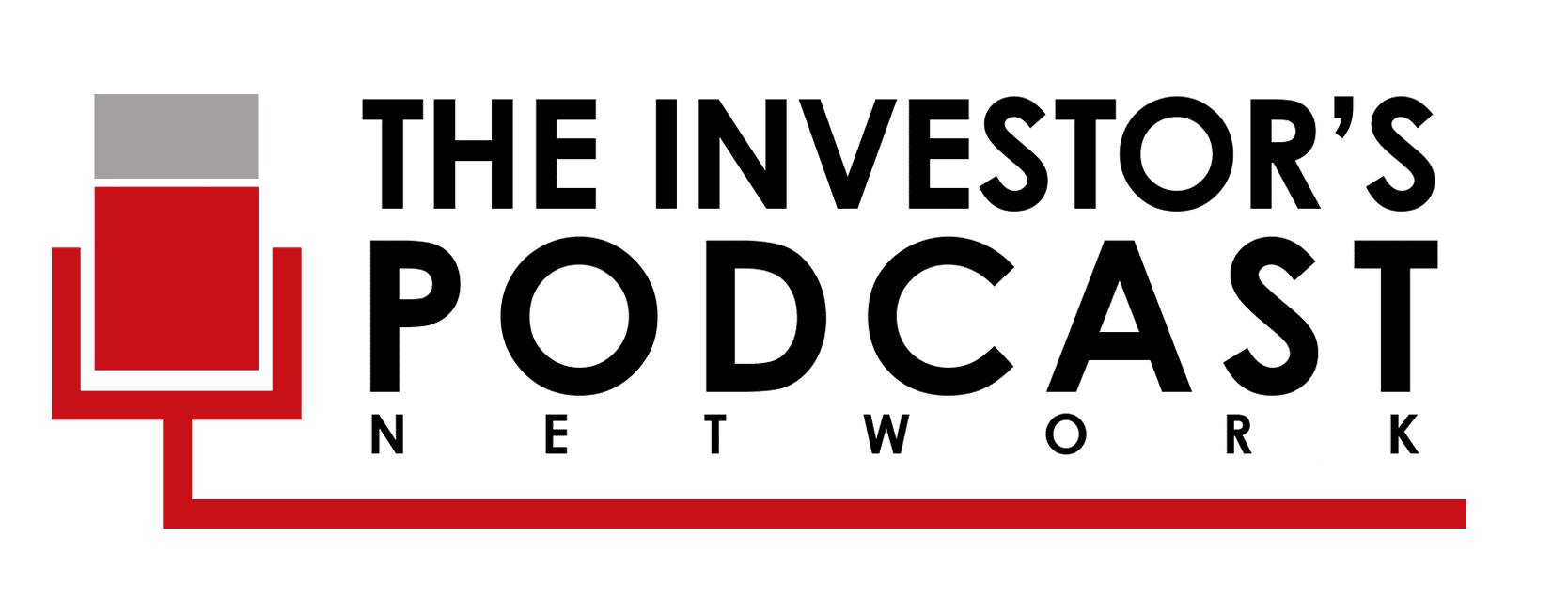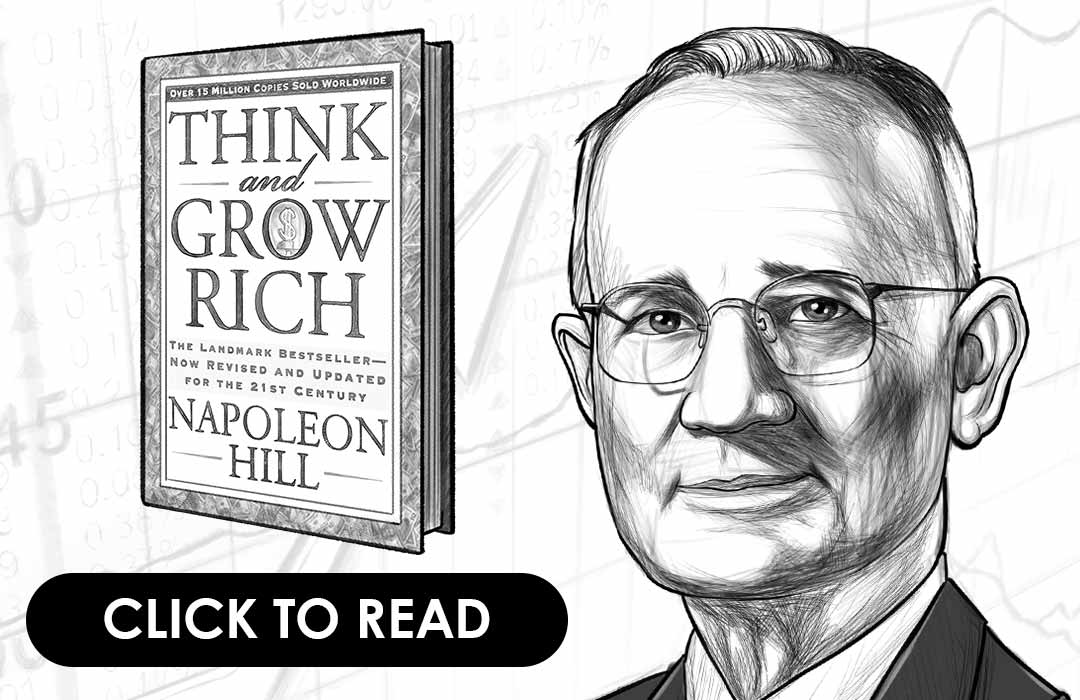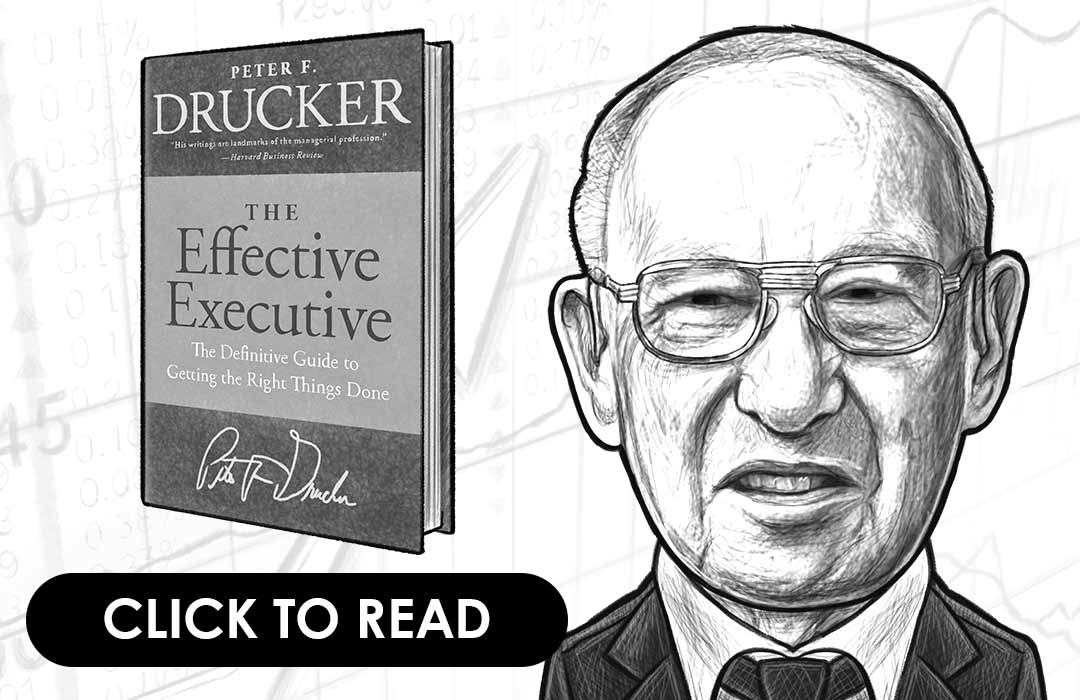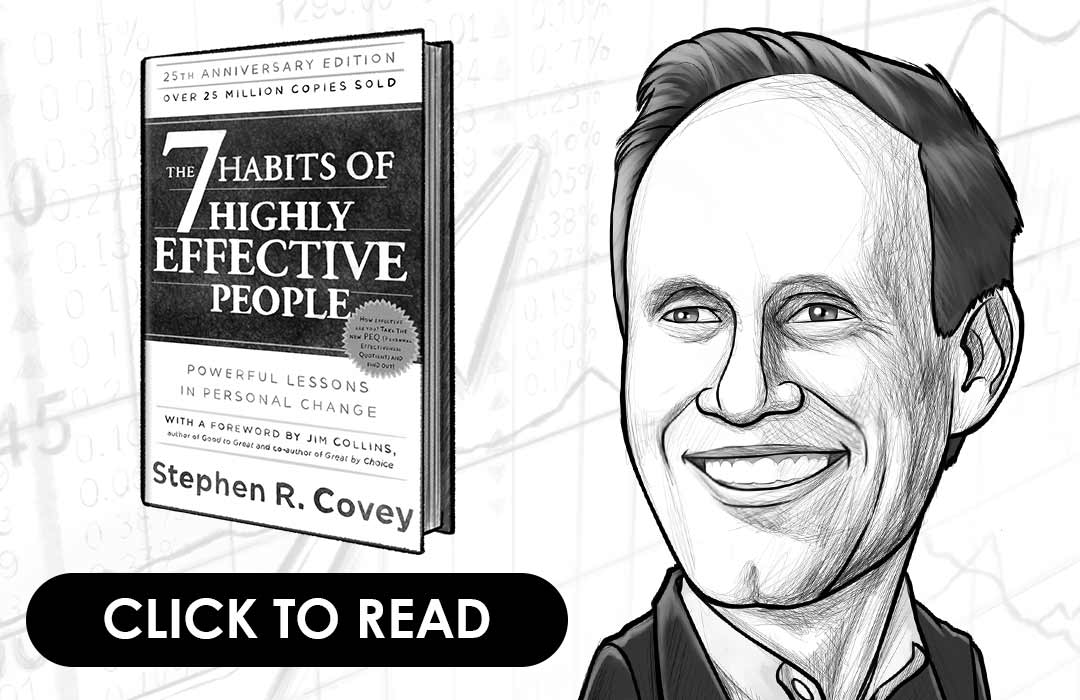TIP Academy
Self-help & Leadership Book Summaries
The following index of executive book summaries are highly recommended books about self-development, improving productivity, leadership, and management.
These are from the list of billionaires’ favorite books that have influenced them. Share this valuable list of free summaries with your friends!

Executive Summary: Think and Grow Rich
By Napoleon Hill | Napoleon Hill's Think And Grow Rich has had a dramatic impact on Preston Pysh’s life since reading it for the first time and he hopes you’ll be open to the potential it might have on you.
Executive Summary: The One Thing
By Gary Keller & Jay Papasan | In the book, you’ll find that while successful people work hard, it’s not what makes them successful. Learn how success and extraordinarily results comes from focusing on the one thing that adds the most value.
Executive Summary: The Magic of Thinking Big
By David Schwartz | The premise of this book is that few take decisive action to become successful. The reason for this is simple: We don’t think big. David Schwartz served as a self-help coach and founded a leadership consultancy firm.
Executive Summary: The Effective Executive
By Peter Drucker | An executive’s performance is measured by his ability to do things efficiently. In this book, Drucker talks about practices that are essential to manage your business, and skills required to handle any issues that could arise unexpectedly.
Executive Summary: The 7 Habits of Highly Effective People
By Stephen Covey | Developing the right habits can help you achieve many goals in both business and personal life. In this executive summary, we discuss each habit in the 7 Habits of Highly Effective People.
Executive Summary: How to Win Friends and Influence People
By Dale Carnegie | Warren Buffett has highly praised this book. How could a book about personal relations be important for the world’s most successful investor? Read more.
Executive Summary: Delivering Happiness
By Tony Hsieh | Delivering Happiness is all about building the best culture for your organization. This is a must-read book to leaders that are growing their organization, and to employees who want to find the right organizations to work for.
Executive Summary: Creativity, Inc.
By Ed Catmull | In an effort to document his experience leading one of the most creative companies in the world, Catmull wrote the brilliant book: Creativity, Inc. This book is all about creating and protecting a creative culture in your organization.











